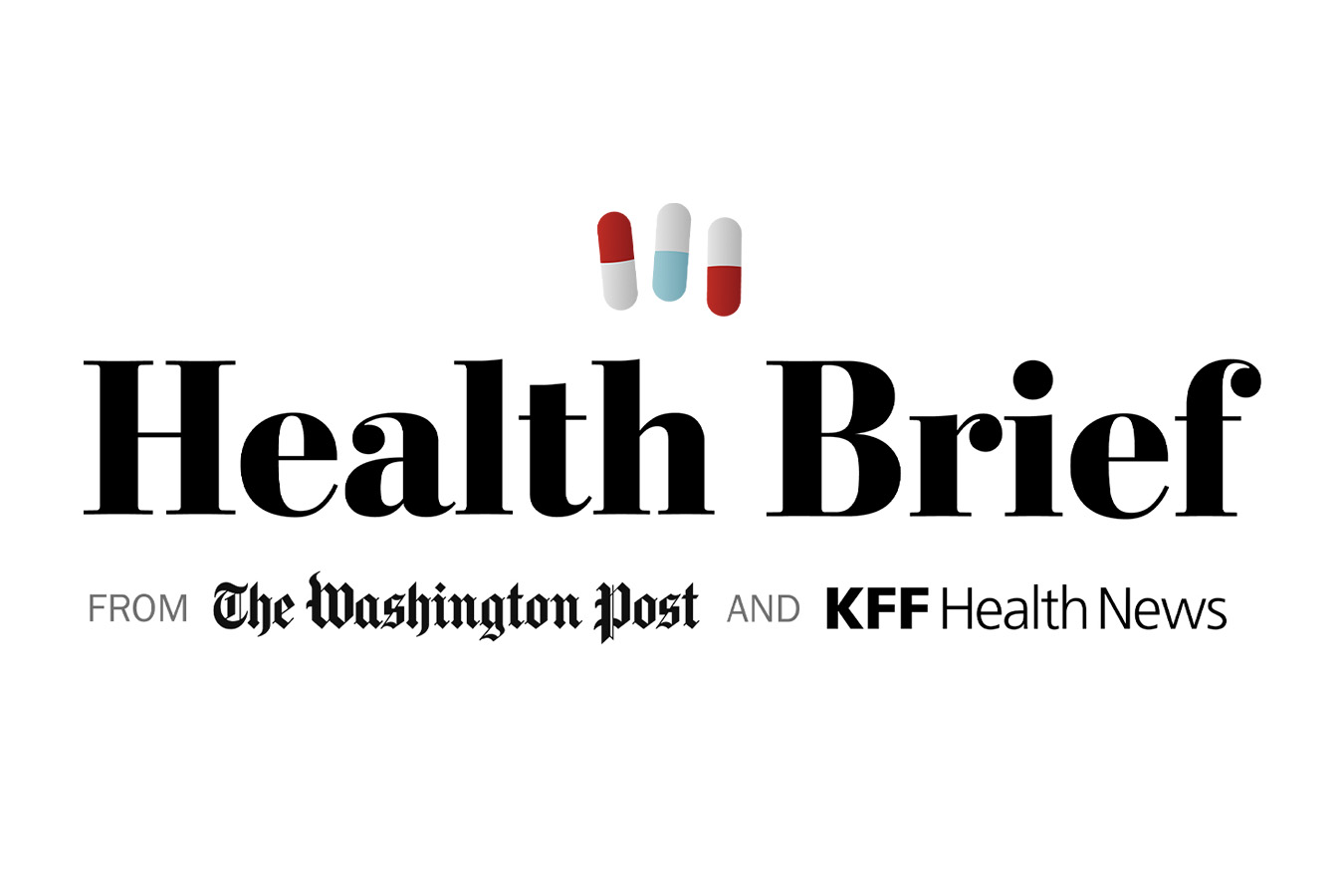
During the coronavirus pandemic, states have received an influx of funding from the federal government to step up their fight against the disease. In many cases, those funds flowed to state and local health departments, fueling a surge in staff handling, among other things, contact tracing and vaccination efforts.
But public health leaders quickly identified the familiar boom-and-bust funding cycle when they warned of the fiscal cliff that would occur once federal grant funding was phased out. Now, more than a year since the federal Department of Health and Human Services declared the end of the coronavirus state of emergency, states – such as Montana, California and Washington – are facing difficult decisions about laying off workers and limiting public health services.
In California, Democratic Governor. Gavin Newsom proposed cutting state public health funding by $300 million. And the Department of Health in Washington state cut even more than that 350 position at the end of last year and beyond 200 This year.
Public health experts warn that losing staff who perform functions such as disease investigations, immunizations, family planning, restaurant inspections and more could plunge communities into crisis.
“You can’t hire firefighters when the house is already on fire,” he said Brian Castruccipresident and CEO de Beaumont Foundationan organization that advocates public health policy.
In late September, HHS Secretary Xavier Becerra declared a public health emergency for states impacted by Hurricane Helene, making it easier for state and local health authorities in Florida, Georgia, North Carolina, South Carolina and Tennessee to access federal resources. Last week, ahead of Hurricane Milton in Florida, Becerra declared another public health emergency to aid the state’s response.
If a country does not have robust public health resources when a disaster like this hits its community, it can have devastating consequences.
Local health department staffing grew about 19 percent from 2019 to 2022, according to a report from National Association of County and City Health Officials which is checked 2,512 of this nation roughly 3,300 local department. The same report found that half of the department’s revenue in 2022 would come from federal sources.
But in some places, the pandemic funding has done little more than keep small health departments afloat. That Central Montana Health Districta public health agency serving five rural counties, received enough money to retain staff members to help handle testing, contact tracing and the coronavirus vaccine rollout. This is not enough to hire additional workers, but allows officials to fill positions that become vacant when a staff member leaves the department, he said. Susan Woodsthe district’s public health director.
Now, five full-time employees work at the health district – enough to make ends meet, Woods said.
“Any crisis, any pandemic, God forbid, might bring us down,” he said.
Adriane Casalottihead of government and public affairs for the national group of health officials, said he expected layoffs and health department budget cuts to intensify. The cuts come as health officials try to address less important problems in the pandemic, such as rising rates of sexually transmitted infections, suicide and drug abuse.
And rural health departments deserve more attention, Casalotti said, because they are likely the most vulnerable and facing additional factors such as hospital closures and the loss of services including maternity services and other women’s care.
This article is not available for syndication due to republication restrictions. If you have questions about the availability of this or other content for republishing, please contact NewsWeb@kff.org.






